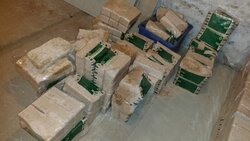edge-of-the-woods
Feeling the Heat
My experience has been the opposite. I've tried all different ways and found I get longer burn times and quicker starts placing them on top with about 1" of space between them.
When I pack them tightly, especially underneath the wood, they never burn completely.
This has been my esperience with BioBricks. If I pack them tight, they don't burn well at all. They just smolder after a while.


